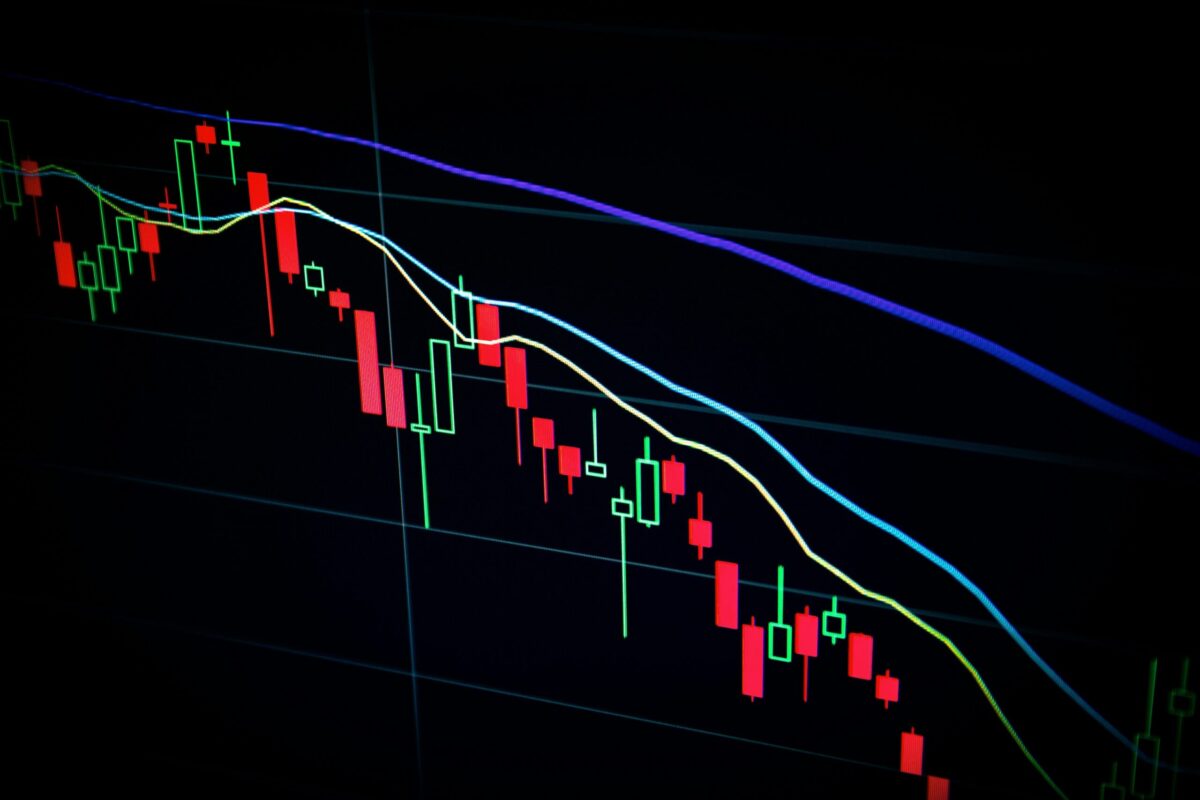Morgan Stanley Wealth Management took to a blog post on Tuesday to talk about the four “seasons” of Bitcoin’s historical trading cycle.
Analysing whether the ongoing crypto winter is nearing its end, its author, Denny Galindo said: “Based on current data, signs indicate that crypto winter may be in the past and that crypto spring is likely on the horizon.”
As observed before, most of $BTC‘s gains came directly after its “halving” event which occurs every four years. Since the next halving is scheduled to occur sometime in April 2024, analysts are suggesting Bitcoin’s cyclical bear-market decline to now have run its course.
In explaining the concept, the investment manager referred to the four phases of cryptocurrency prices, namely: summer, fall, winter and spring. In the preceding winters, bear-market decline came when investors decided to lock in their gains and sell Bitcoin, causing prices to drop while scaring off new investment. This period takes place between the new peak and the next trough. In total, there have been three winters since 2011, each lasting about 13 months.
This is followed by the spring period, which precedes each of Bitcoin’s halving. Roughly every four years the reward for successfully mining a Bitcoin block is cut in half, reducing inflationary pressure on the token. Here, the price generally recovers from the cycle’s low point, but investor interest tends to be weak. Then comes the summers when, historically, most of Bitcoin’s gains come in.
According to Galindo, most of Bitcoin’s gains comes in during this time. This “bull-run period starts with the halving event and ends once the price of Bitcoin hits its prior peak”. Here, the the shortage caused by intentionally limiting the supply of new Bitcoin can affect its price to potentially spur a bull run.
“Just as a farmer avoids planting seedlings in the winter or too late in the spring, crypto investors want to know when crypto spring has arrived to maximise their investment “growing season”, wrote Galindo, talking about the crypto spring.
According to the author, there are certain ways for determining whether crypto spring is truly here. The first one was checking the time since the last peak. The so-called trough of Bitcoin which in previous crypto winters has historically occurred 12 to 14 months after the peak.
Bitcoin had last touched an all-time high of around $68,000 in November 2021. Since then, it has evidently bottomed out a year later. Another way is by determining the magnitude of Bitcoin drawdown. As per past data, previous troughs have been about 83% off their respective highs. $BTC had dropped nearly 77% to about $16,000 by November 2022.
The estimates of the exact timing of the next halving varies, however, it has the potential to occur sometime around April 2024.
While Galindo suggested crypto spring to be likely on the horizon, he also warned about how there have only been three crypto springs to date, which meant that these suggestions could not be said with certainty.


